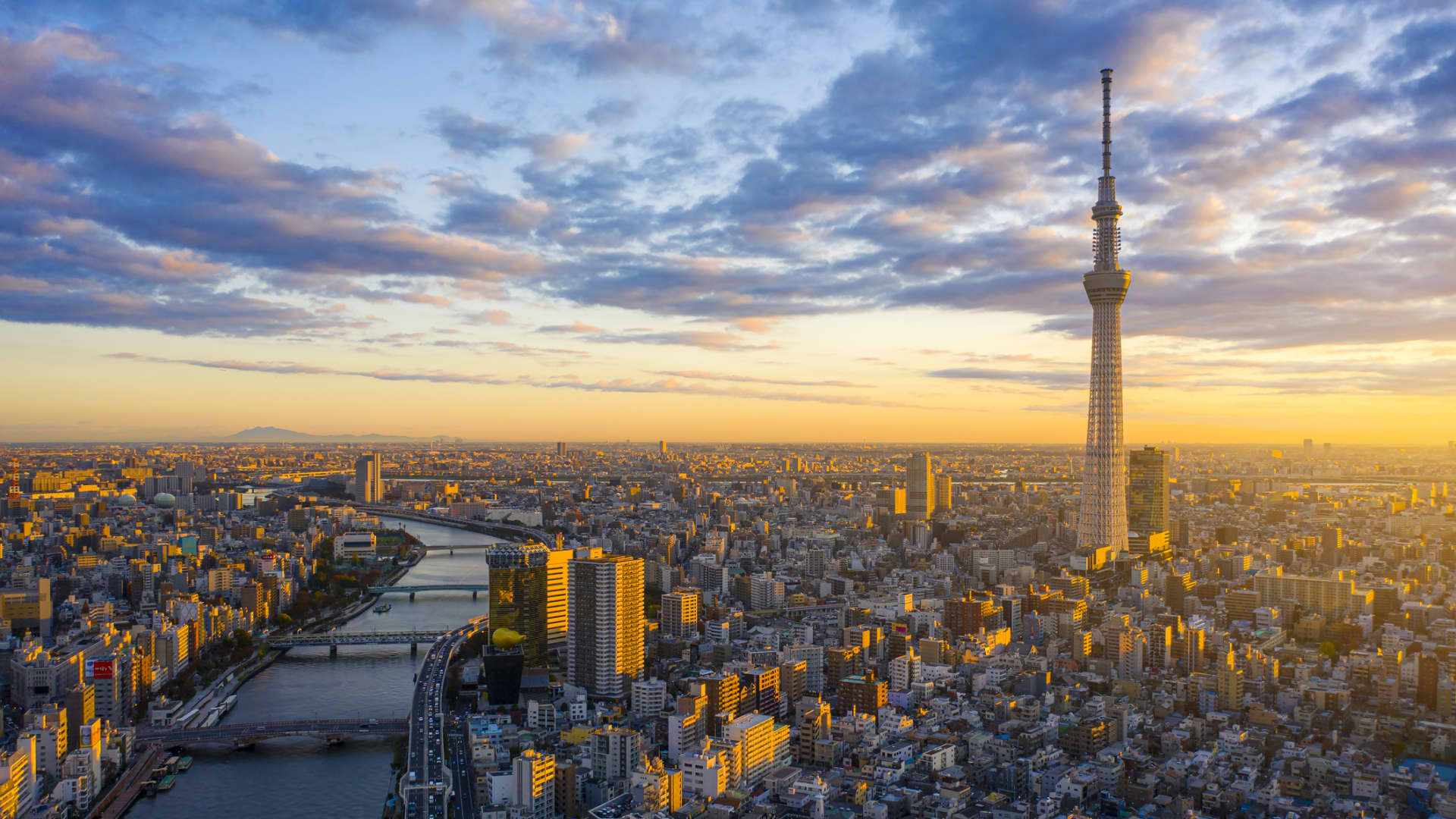These days, there is lots and lots of news about how the supposed “energy transition” is not happening. There’s so much news on this subject that I could devote this entire blog to that subject alone and have plenty to occupy my time. Expect multiple posts about this topic over the next several weeks.
To whet your appetite, I will take you today to Australia, where we find the latest news on the inevitable collapse of impossible dream of “green” hydrogen as the means to make electricity from wind and sun work.
But before getting to the latest news, kindly let me remind you of my post of February 14, 2024 titled “When You Crunch The Numbers, Green Hydrogen Is A Non-Starter.” “Green” hydrogen is the type of hydrogen produced by electrolysis of water using electricity generated only by wind and sun. The idea is that you run your electrolyzer to make the “green” hydrogen on sunny and windy days when the wind turbines and solar panels produce a surplus; and then you burn the hydrogen to cover the gaps in wind/solar production on overcast days and calm nights. If it all works out, you end up with electricity that matches demand 24/7/365, and there is no carbon in the process from beginning to end. In other words, energy utopia.
But has anybody crunched the numbers to see if this can be done economically? By “economically,” I mean: producing electricity costing at or about the same as our current cost of electricity.
My February 14 post discussed a Biden Administration initiative to allocate $7 billion in government funding to “catalyze” $40 billion in private investment to jump-start production of “low-cost, clean hydrogen.” How “low-cost”? The government of course didn’t quantify it, but my post cited a guy named Jonathan Lesser who had done a work-up that concluded that they could get to “green” hydrogen in a price range of $2.74 – $5.35 per kg of hydrogen provided they could buy the wind/solar-generated electricity for $40 per MWh. Anyway, that’s the goal.
Does $2.74 – $5.35 per kg of hydrogen sound cheap? I love the way they quote prices for hydrogen in different units from the normal units used for natural gas, in order to make it so no one can easily make the comparison. Natural gas prices are generally quoted in $ per MMBtu. What you need to know is that it takes 8 kg of hydrogen to produce 1 MMBtu of energy. So $2.74 – $5.35 per kg of green hydrogen translates to $21.92 to $42.80 per MMBtu. In the past 5 years, U.S. natural gas prices have been under $4/MMBtu for most of the time, and have never reached as high as $10/MMBtu. And to achieve the green hydrogen prices of $20 – 40/MMBtu requires a cost of wind/solar electricity of $40/MWh. Recent contracts for wind and solar generators have been requiring guaranteed prices of $150/MWh and up. So adjust the $20 – 40/MMBtu accordingly. The green hydrogen is going to cost you at least 10 times the cost of natural gas, and perhaps as much as 20 times.
On to the latest news from Australia. Australian energy blogger Joanne Nova reports yesterday (July 19) that a large green hydrogen project in that country has just “collapsed” with the loss of 700 jobs. I assume that by “collapse” Ms. Nova is referring to some sort of bankruptcy or equivalent. Ms. Nova’s headline is “The Hydrogen Titanic just collapsed in Australia because renewable electricity costs too much.”
The project in question is the baby of Australian industrialist Andrew “Twiggy” Forrest and his company Fortescue. According to Ms. Nova, Mr. Forrest has “burned off $2 billion dollars (AU) on setting up his Green Dream Hydrogen energy plan.” Forrest’s project had been the “centerpiece of [the Australian Labor government’s] $2 billion Hydrogen Headstart program.”
Ms. Nova quotes liberally from the big Australian newspaper called The Australian, which unfortunately is behind a pay wall. I will just use Ms. Nova’s excerpts. Here is the key one:
For more than two years, Fortescue has been full throttle trying to turn Forrest’s promise of converting green hydrogen into a commercial reality within years. Instead, as the economics around surging electricity costs needed to produce green hydrogen sunk in, deadlines were pushed back and back. The mission changed, then there was a revolving door of executives.
The problem is very simply the cost of producing the “green” hydrogen, which is not remotely competitive with natural gas. Nor can anything be done to make the cost anything close to competitive. This quote is from another Australian source called Financial Review, also behind pay wall:
Matthew Rennie, a former EY partner who is now an independent adviser, said his firm’s analysis indicated that prices for power and electrolysers – which use renewable power to split water into hydrogen and oxygen – would need to be much cheaper to produce green hydrogen in Australia even at under $[AU]3 a kilogram. He said power prices would need to be less than $[AU]40 a megawatt-hour and electrolyser costs would need to more than halve to produce hydrogen at that level – still 50 per cent more expensive than the government’s ${AU]2 target for the gas to be competitive.
The $[AU]3/kg target is the equivalent of $[AU]24/MMBtu [thus about $US16] — 5 [or so] times the typical natural gas price in the U.S. of $3-4/MMBtu. And they’re saying that to achieve even that, they would need wind/solar-generated electricity prices of $[AU]40/MWh [thus about $US27/MWh] and electrolyzer prices to halve. Ms. Nova reports that the two Australian states that produce the most electricity from wind and solar are South Australia and Tasmania, and they have wholesale electricity prices of $[AU]199/MWh and $214[AU]/MWh respectively [thus about $US133 and $US138 respectively]. So in the real world the cost of this green hydrogen is going to be more like [ten to] 20 or more times the cost of natural gas, instead of the paltry 5 [or so] times higher that they were hoping for.
Meanwhile, I keep reading many things saying that green hydrogen is the wave of the future. But I can’t find anything about major production facilities for the stuff coming online. Maybe none ever will.
UPDATE, July 21: Commenter littleoil (who I believe is Australian) asks for clarification as to which monetary figures in this post are in $AU versus $US. An Australian dollar is worth about 2/3 of a US dollar. I have added some clarification in the post.
Related












/https://tf-cmsv2-smithsonianmag-media.s3.amazonaws.com/filer_public/d1/82/d18228f6-d319-4525-bb18-78b829f0791f/mammalevolution_web.jpg)







Discussion about this post